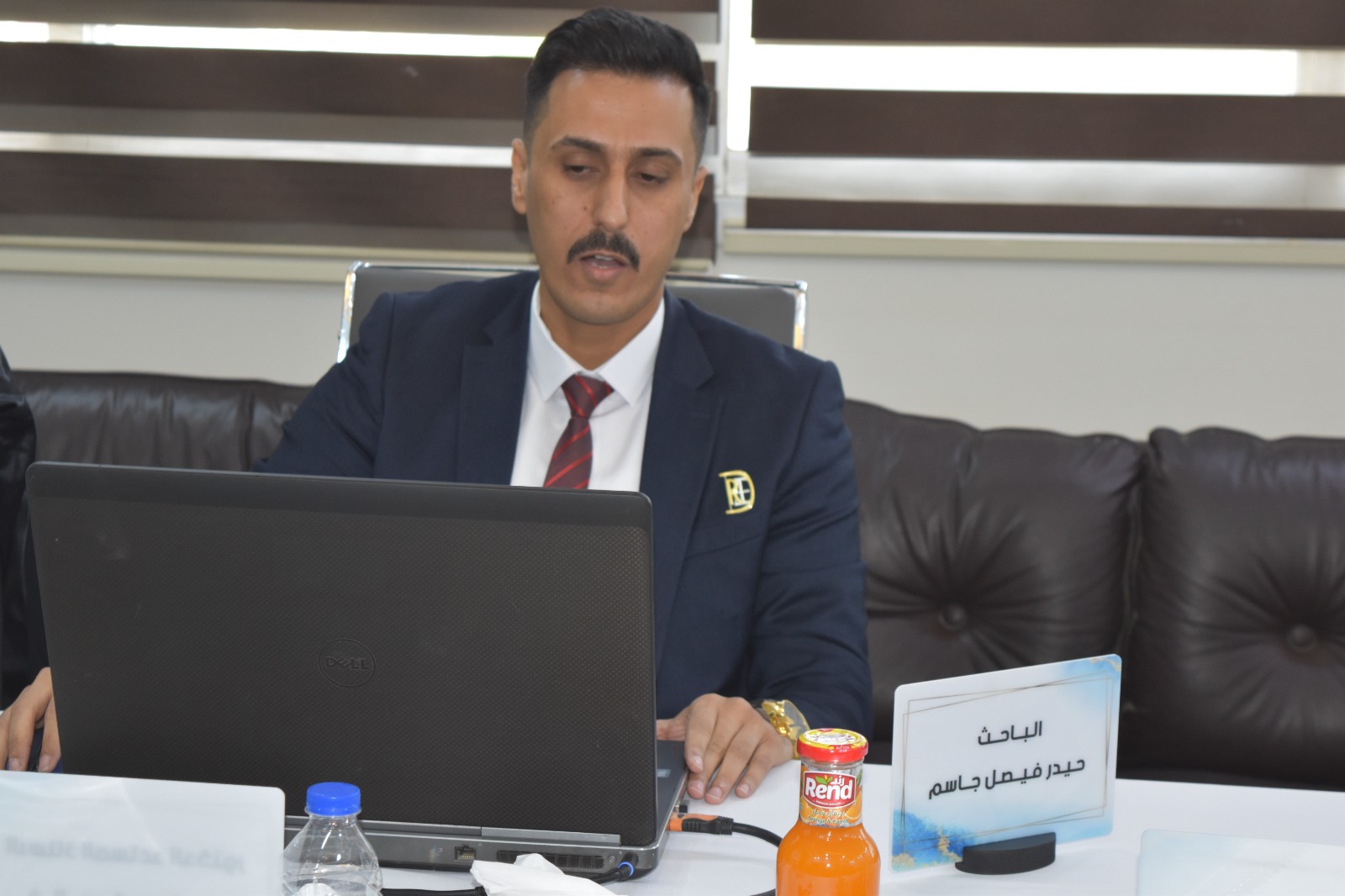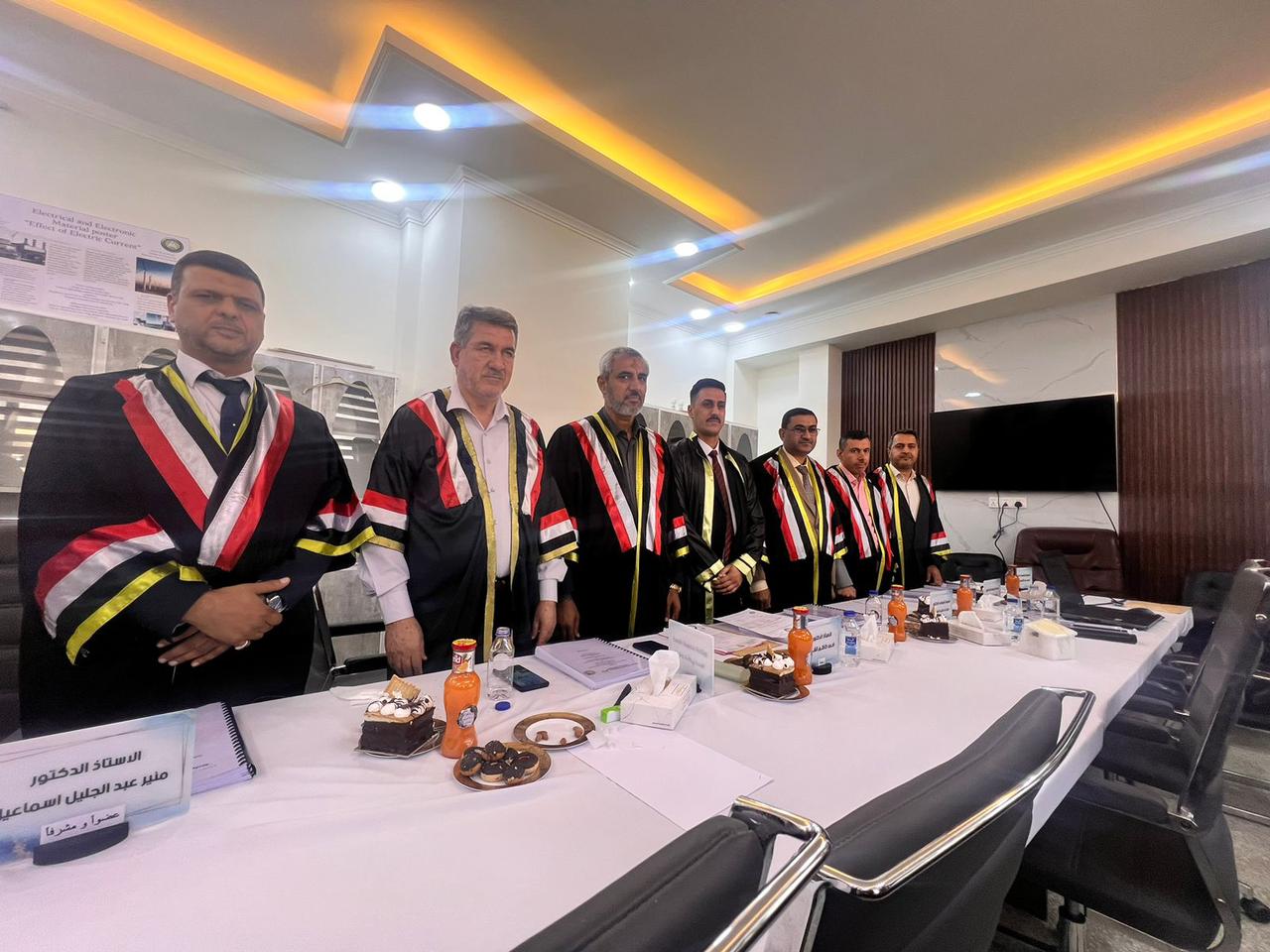The PhD thesis of the student Haider Faisal Jassim was discussed in the College of Engineering, University of Basra, Department of Mechanical Engineering, entitled Numerical Study of a Dual Piezoelectric Pump for Cooling the Heat Sink, and it includes The rapid development of electronics has led to a significant reduction in the size of electronic devices, while maintaining or even increasing their power consumption. This has resulted in the need to smart small-scale thermal management solutions. Synthetic jet piezoelectric pump is one of the efficient devices for local thermal management. This thesis offers a uniquemodelling and configuration of a piezoelectric pump, which separates the pump chamber with inflexible wall to create two independent periodic flows. This configuration aims to reduce eddies within each chamber. Furthermore, the proposed design incorporates two pairs of open-sided channels to guide the periodic flow towards the hot target. The electrostatics physic of the piezoelectric patches along with energy and momentum equations in three dimensions have been manipulating mathematically and solved numerically using the finite element method (FEM) and the Arbitrary Lagrangian-Eulerian (ALE) technique. The Large Eddy Simulation (LES) turbulence model is adopted for this purpose. Several parameters, including frequency, voltage, the radius of the piezoelectric disk, length of air channel as well as piezopump performance factor (PF) have been investigated to better understand their influence on both the zero-net volumetric flow rate and the heat transfer process. The findings indicate that by separating the pump chamber, it becomes feasible to obtain a 3D solution with LES model using a reasonable number of nodes, resulting in an accuracy of 3.579%. Nusselt number increases with all the examined parameters, where it enhances by 1.46 times higher compared to the natural convection mode under extreme operation circumstances (V = 100 Volt and f = 50 kHz). Moreover, under forced convection conditions at V = 100 Volts, and f = 50 kHz, the average channel temperature is 1.044 times higher compared to its value under natural convection. Additionally, under the above conditions, the jet velocity is 152 times higher than under the natural convection scenario. However, the proposed synthetic jet pump can operate noiselessly and with optimal performance for various applications at frequencies beyond the audible level for humans.







